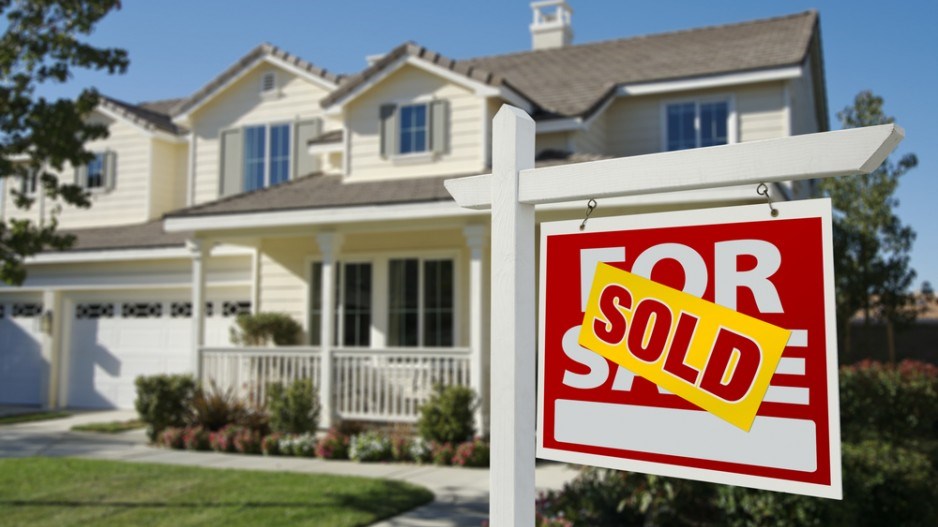There has been plenty of finger-pointing of late as to who’s at fault for skyrocketing Vancouver house prices.
What seems to be forgotten is the basic economics of supply and demand. Vancouver is in constant and growing demand, but supply is not increasing fast enough to absorb it. Contrary to popular belief, it is not the sea or mountains restricting supply; it’s the City of Vancouver’s zoning rules.
To be more precise, the most stressed sub-market in Vancouver is for medium-sized, two- to three-bedroom dwellings: duplexes and townhomes that offer young families a way to move up from a condo to a larger home, allowing them to stay in Vancouver and raise children comfortably.
Options are scarce to step up from a starter condo to a larger home in the $600,000 to $1 million range.
The next jump up is to buy a million-dollar tear-down. As a result, millennials who want to start a family are moving out of the city, which is bad news for the local economy and community.
The problem can be solved by updating the city’s antiquated zoning rules.
We have grown, but the zoning rules appear to be stuck in the 1950s. Remarkably, the vast majority of land in Vancouver is still zoned RS-1 or single-family. This is keeping an artificial cap on new housing supply: land is fixed but air is not, and while we can easily build smaller units ergonomically and efficiently, the city bans it in most of Vancouver.
The single most important change needed is to rezone more land from single-family to multi-family, or, in simple terms, allow people to build a duplex on their lot.
Some relaxation has occurred to allow secondary suites, laneway homes and multi-family developments along main roads, but the changes have been marginal.
They have not dented the staggering upward rise in housing prices, with the latest figures showing a 16% year-on-year increase.
Multi-family zoning that enables two or three dwellings per lot is extremely limited, covering just parts of Kitsilano, Mount Pleasant and Strathcona. These neighbourhoods provide wonderful examples of what can be done: heritage four-storey houses that are divided into townhomes, as well as newer Craftsman-style homes that appear from the outside as single-family but contain two of three units, each with access to a small yard or sharing a common garden. Character can be preserved with smart design rules.
Vancouver could see thousands of new duplexes and triplexes built by homeowners or small scale developers with this change.
Land prices would not go down; they would likely increase somewhat, helping alleviate landowners’ concerns. But because the built units have smaller footprints, each would be more affordable and fill the gap in the market.
The change would provide an incentive to homeowners to develop their land and create construction opportunities for small developers.
It could be implemented gradually, over the next decade, with incremental supply added as the market can absorb it.
Of course, some would shout “not in my backyard,” or that we’re gentrifying neighbourhoods at the expense of renters. But the reality is that without new supply, Vancouver will increasingly be stratified into a city of haves and have-nots.
My sense is that public opinion has finally turned on this issue and that Vancouverites see the housing crisis as unsustainable.
We desperately need a new approach. Smart zoning could make our city truly the most livable in the world. •
Robert Napoli ([email protected]) is vice-president of First West Capital, a division of First West Credit Union that finances acquisitions, buyouts and growth. He is also past president of ACG British Columbia, an association for deal-making and corporate finance professionals.




